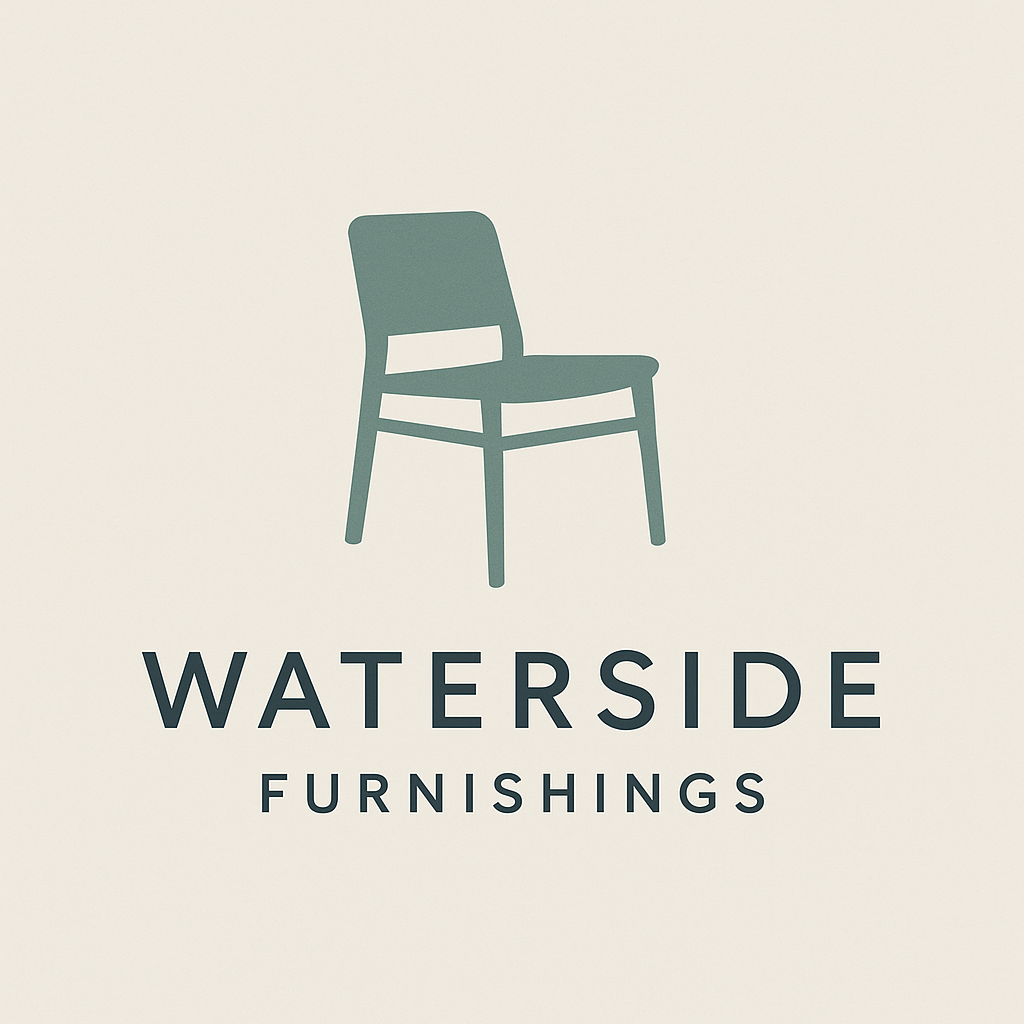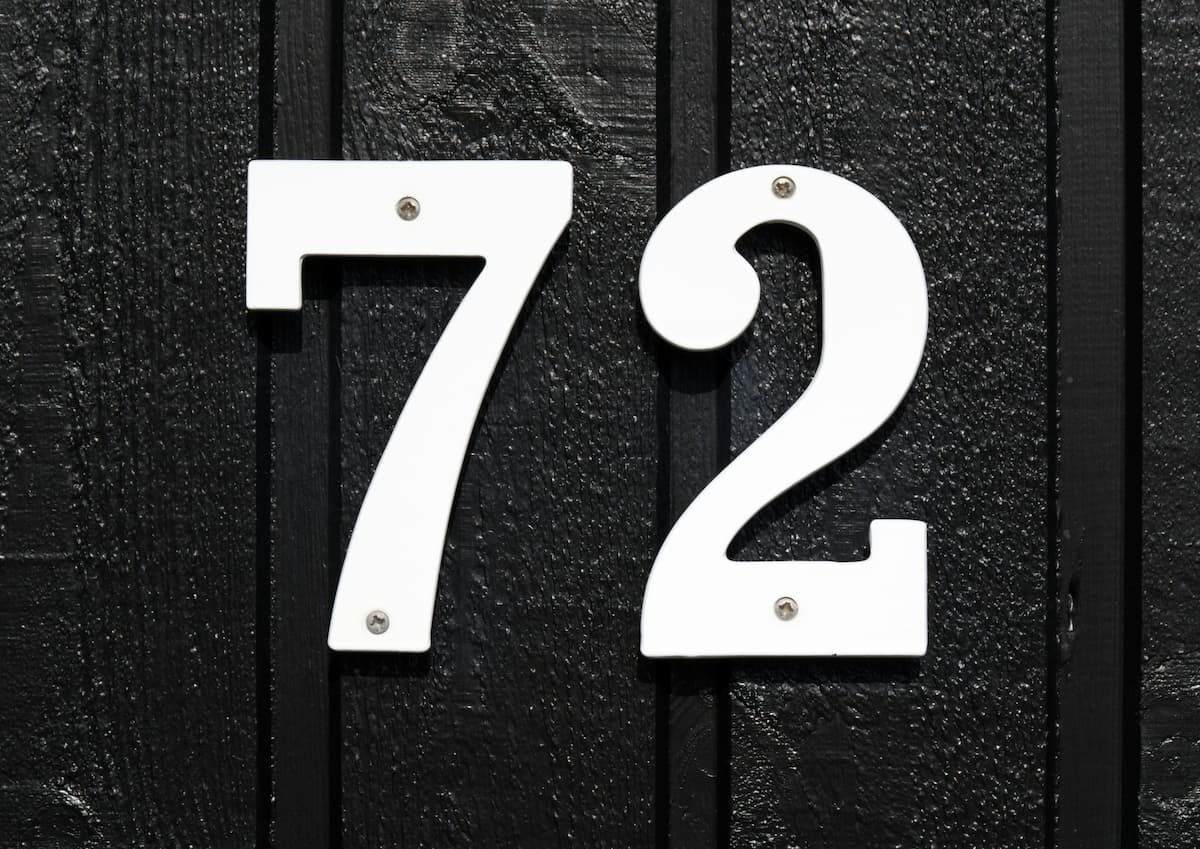Your house number is likely the first design element visitors notice about your home, yet it’s often the last thing homeowners consider. Those small digits carry significant weight—they’re simultaneously practical wayfinding tools and opportunities for architectural expression. The difference between thoughtfully selected house numbers and generic alternatives can elevate your home’s street presence from ordinary to extraordinary.
The Unsung Heroes of Curb Appeal
House numbers work harder than almost any other exterior design element. They must be visible from the street in all lighting conditions, durable enough to withstand weather extremes, and legible to delivery drivers, emergency services, and guests. Yet within these functional constraints lies remarkable creative potential.
The best house numbers achieve that perfect balance between practicality and personality, becoming integral parts of your home’s architectural narrative rather than afterthoughts stuck wherever convenient. They can reinforce your home’s style, create visual focal points, or provide subtle contrast that adds depth to your facade.
Consider how house numbers interact with your home’s other exterior elements. Do they complement your door hardware and lighting fixtures? Are they proportioned correctly for your entrance scale? These relationships matter more than most homeowners realize, contributing to the overall sense of design cohesion that distinguishes professionally designed homes.
Architectural Harmony: Matching Numbers to Style
Contemporary and Modern Homes Clean-lined contemporary architecture calls for house numbers that echo its geometric precision. Look for sans-serif numerals in materials like brushed stainless steel, powder-coated aluminum, or matte black metal. Floating numbers that cast subtle shadows on the facade can add dimensional interest while maintaining minimalist appeal.
Consider illuminated options for ultra-modern homes—LED backlighting or edge-lit acrylic numbers create dramatic evening presence while serving practical visibility needs. The key is restraint; let the numbers’ clean forms and quality materials speak rather than relying on excessive size or flashy finishes.
Traditional and Heritage Styles Traditional homes benefit from house numbers that respect their historical context while remaining clearly legible. Cast bronze or brass numbers in classic serif fonts complement heritage architecture beautifully, developing rich patinas that enhance rather than detract from their appearance over time.
For Federation-era Australian homes, consider numbers that reference the period’s decorative Arts and Crafts influences. Hand-forged iron numbers or ceramic tiles with Art Nouveau-inspired numerals can provide authentic period character while meeting modern visibility requirements.
Transitional Designs Transitional homes offer the greatest flexibility in house number selection, allowing you to bridge traditional and contemporary elements. Mixed materials work particularly well here—perhaps brass numbers on a natural stone mounting plate, or modern fonts in traditional materials like cast iron.
The key with transitional styling is choosing numbers that don’t compete with your home’s architectural features but rather complement them. If your home features both classic proportions and contemporary materials, your house numbers can help tie these elements together cohesively.
Material Considerations for Australian Conditions
Australia’s diverse climate conditions demand careful material selection for exterior house numbers. What works beautifully in Melbourne’s temperate climate may not survive Darwin’s tropical intensity or Perth’s scorching summers.
Stainless Steel Marine-grade stainless steel excels in coastal environments where salt air would quickly corrode lesser materials. Its contemporary appearance suits modern architecture while requiring minimal maintenance. Look for brushed finishes that hide fingerprints and minor scratches better than polished surfaces.
Solid Brass and Bronze These traditional materials develop beautiful patinas over time, making them excellent choices for homes where aging gracefully is preferred to maintaining pristine newness. Quality brass and bronze actually improve in appearance with age, developing rich, complex colors that synthetic finishes cannot replicate.
Powder-Coated Aluminium Lightweight yet durable, powder-coated aluminum offers unlimited colour possibilities while resisting corrosion and fading. This versatility makes it ideal for homeowners wanting specific colour matches or non-traditional finishes. Quality powder coating should last decades with minimal maintenance. We love the range on offer at Peninsula House Numbers.
Natural Materials Stone, timber, and ceramic numbers can provide unique character but require careful selection for durability. Australian hardwoods like jarrah or spotted gum can work beautifully when properly treated, while natural stone offers timeless appeal with excellent weather resistance.
Size and Proportion: Getting the Scale Right
House number sizing involves more than simple visibility—it’s about creating appropriate visual weight for your home’s architecture. Numbers that are too small disappear against large facades, while oversized numerals can overwhelm delicate architectural details.
As a general guide, house numbers should be readable from at least 15 meters away during daylight hours. This typically translates to minimum heights of 100-150mm for most residential applications, though larger homes or those set back from the street may require bigger numerals.
Consider your home’s horizontal and vertical proportions when selecting number sizes. Tall, narrow homes can accommodate vertically oriented number arrangements, while wide facades often work better with horizontally aligned numerals. The goal is creating visual balance rather than simply maximizing size.
Mounting and Placement Strategy
The most beautiful house numbers fail if poorly positioned. Ideal placement ensures maximum visibility while respecting your home’s architectural integrity. Traditional placement beside the front door works for most homes, but creative alternatives can be more effective in certain situations.
Integrated Solutions Consider incorporating house numbers into existing architectural features. Numbers carved into stone pillars, embedded in rendered walls, or integrated into garden walls can appear more sophisticated than surface-mounted alternatives while often achieving better visibility.
Contrasting Backgrounds House numbers need sufficient contrast with their background to remain legible. Dark numbers on light surfaces or light numbers on dark backgrounds both work well, but avoid low-contrast combinations that may be difficult to read in certain lighting conditions.
Multiple Locations Larger properties may benefit from house numbers in multiple locations—perhaps on the mailbox, gate, and house itself. This redundancy ensures visibility from different approach angles while providing backup if one location becomes obscured by landscaping or vehicles.
Illumination and Visibility
Australian suburbs can be surprisingly dark after sunset, making illuminated house numbers increasingly popular. LED technology now offers numerous options for improving nighttime visibility without appearing garish or over-engineered.
Integral Lighting Numbers with built-in LED backlighting create sophisticated evening presence while remaining subtle during daylight hours. Look for warm white LEDs that provide good visibility without harsh glare that might disturb neighbors.
Adjacent Lighting Sometimes the best approach is excellent general lighting that illuminates conventionally mounted numbers. Well-positioned exterior fixtures can showcase beautiful number designs while providing broader security and aesthetic benefits.
The Investment in First Impressions
Quality house numbers represent remarkable value in home improvement terms. Unlike major renovations that may not suit future owners’ tastes, well-chosen house numbers enhance any architectural style while providing decades of reliable service.
Consider house numbers as you would any other piece of architectural hardware—an investment in daily satisfaction and long-term value. The few extra dollars spent on quality materials and thoughtful design pay dividends every time you arrive home or welcome guests.
Beyond Basic Numerals
Contemporary house number design has evolved far beyond simple stick-on numerals. Laser cutting, water jet cutting, and CNC machining enable complex designs previously impossible to manufacture affordably. Consider custom fonts, integrated lighting, or mixed materials for truly unique expressions.
Some manufacturers now offer modular systems where individual components can be arranged to create custom layouts. Others provide fully bespoke services, working from architectural drawings to create numbers that perfectly complement specific home designs.
The Details That Distinguish
The difference between adequate and exceptional house numbers often lies in seemingly minor details. The thickness of material that provides appropriate visual weight. The quality of mounting hardware that ensures secure, long-term installation. The precision of manufacturing that creates crisp, professional-looking numerals.
Pay attention to how numbers will weather over time. Will the finish age gracefully or simply deteriorate? Are mounting systems designed to prevent water infiltration that could cause staining or corrosion? These considerations separate thoughtful investments from false economies.
Your house number is your home’s signature—the first thing visitors see and the last thing they remember. It’s worth choosing one that reflects the same care and attention you’ve invested in your home’s interior. After all, great design should extend from your front door to the street and everywhere in between.
In a world where first impressions matter more than ever, your house number deserves to be more than just functional. Make it count.

